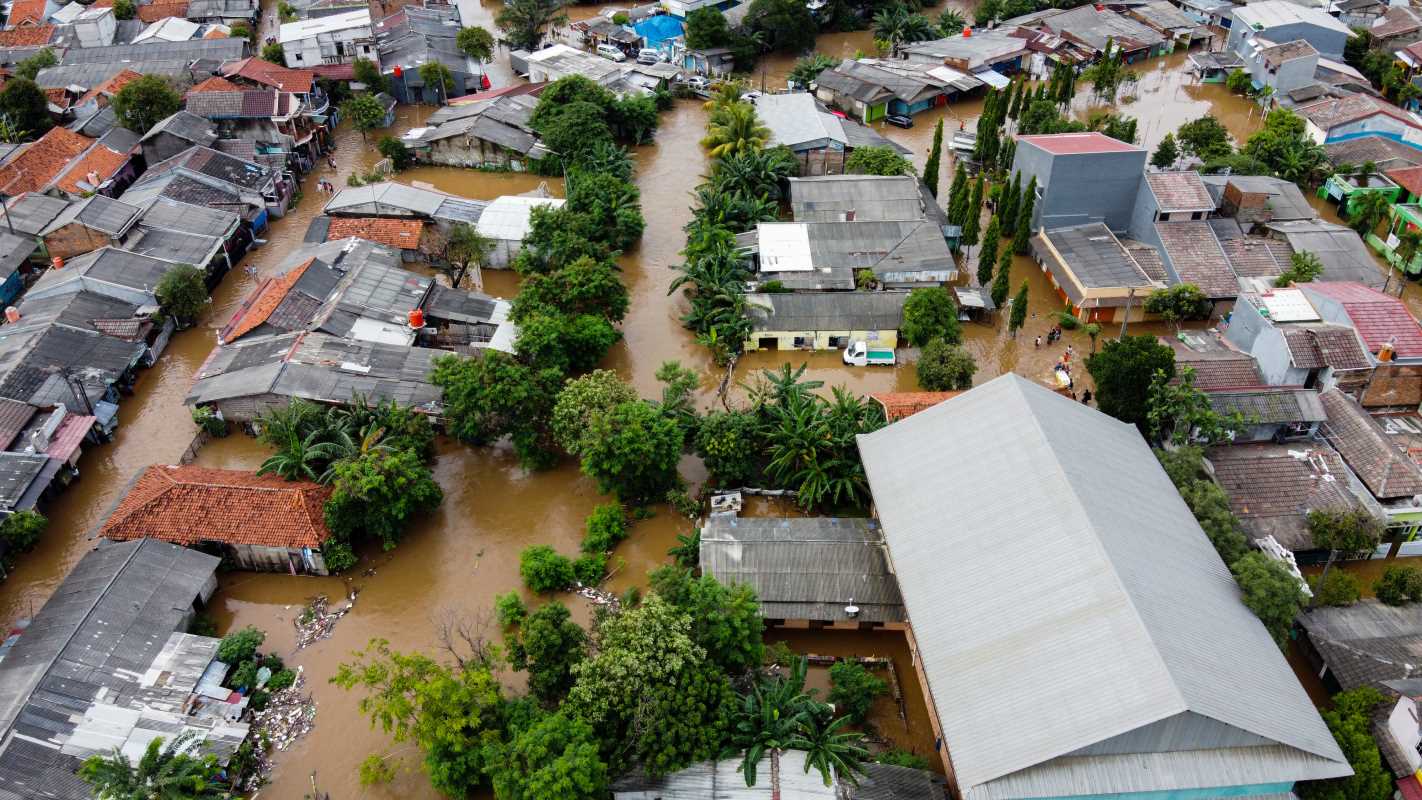Many insurance companies rely on reinsurance to share the financial impact of major disasters. By transferring portions of their risk to other firms, insurers avoid bearing the full cost of a single catastrophic event. This arrangement provides greater stability and allows companies to continue supporting their clients, even when unexpected losses occur. In regions where earthquakes, hurricanes, or floods strike often, reinsurance offers a vital safety net. It ensures that insurance providers remain resilient and capable of meeting their obligations, no matter how severe the circumstances. Reinsurance ultimately benefits both companies and the communities they serve by promoting security and confidence in uncertain times.
Reinsurance allows insurance companies to secure funds and resources when disasters cause massive damage. It provides a safety net that helps firms continue offering coverage while absorbing losses. Regions hit by natural events depend on these practices to stabilize the economy and rebuild communities.
Understanding Catastrophe Risks in Vulnerable Regions
Catastrophe risk analysis is a common task in places where nature does not give much warning. Insurance companies examine these risks to prepare and decide on the right amount of reinsurance. Natural events can affect communities, businesses, and the local economy in many ways.
Many disasters challenge local systems and cause long-lasting damage. Using a risk mapping method helps decision makers see what type of events to expect and where planning should be focused. A closer look at common threats shows how important reinsurance is in the overall protection scheme:
- Earthquakes – Sudden ground movements can damage infrastructure and homes.
- Hurricanes – Strong winds and heavy rains knock out power and cause flooding.
- Floods – Rapid water flow and high levels can ruin property and farmland.
- Wildfires – Uncontrolled blazes can destroy large land areas and affect air quality.
- Tornadoes – Intense spinning winds can quickly overturn cars and buildings.
Key Principles of Effective Reinsurance
Setting up effective reinsurance requires careful planning and a solid understanding of how risks behave during catastrophes. Insurance companies follow clear guidelines to keep the system balanced and ready for emergencies.
Clear and straightforward policies help reinsurance arrangements in smoothing sudden surges in claims. Following key principles makes these practices more resilient when unexpected challenges arise:
- Risk Assessment – Analyze the probability and potential severity of events to decide coverage levels.
- Financial Strength – Choose partners who have enough resources to support high loss events.
- Transparency – Maintain clear, open communication among all parties to manage claims effectively.
- Flexibility – Adopt reinsurance programs that can adjust to varying levels of catastrophe risk.
- Local Knowledge – Consider regional trends and history to form reinsurance plans that work best on the ground.
Main Types of Reinsurance Strategies
Reinsurance options often fall into different methods that help manage risks in various ways. Companies decide whether to share a fixed percentage of their risk or buy protection only when losses reach a certain point. These choices directly influence how costs spread out during disasters.
One common type splits large claims into smaller, manageable parts, while another kicks in only after losses exceed a set amount. For example, Munich Re or Swiss Re offer a mix of arrangements. This balance provides coverage along with a measured response to events.
Factors to Consider When Choosing a Reinsurance Approach
Decision makers analyze many factors that influence both risk and potential outcomes to select the best protection plan. They review past events, current trends, and financial reserves. This process neither happens overnight nor without careful evaluation.
The selection process combines experience with current data. Factors such as regional risk history, local building standards, and government preparedness all come into play. This way, companies ensure they cover losses without exceeding budget limits or creating financial strain.
Emerging Trends and Innovations in Reinsurance
The reinsurance field keeps evolving with new tools and ideas that help parties handle disasters better. Advances in weather prediction technology, big data, and risk modeling make it easier to prepare for and react to events. These innovations give companies timely insights, enabling quicker responses to potential dangers.
New practices include improved digital systems for tracking real-time data and predictive models that refine risk estimates. Insurance firms now collaborate with science experts to upgrade their methods. This cooperation creates smarter ways to support vulnerable regions while keeping the process efficient and understandable.
The success of reinsurance in regions prone to natural disasters depends on thorough risk analysis, clear principles, and smart choices that match local needs. Companies base their decisions on detailed studies and practical tools that help protect communities during difficult times. A thoughtful approach to reinsurance not only protects businesses but also ensures a faster recovery after major events.
By following established guidelines and adopting flexible methods, insurers can manage losses and support recovery without straining financial resources. Regularly reviewing historical data also helps maintain stability in reinsurance planning.
 (Image via
(Image via





